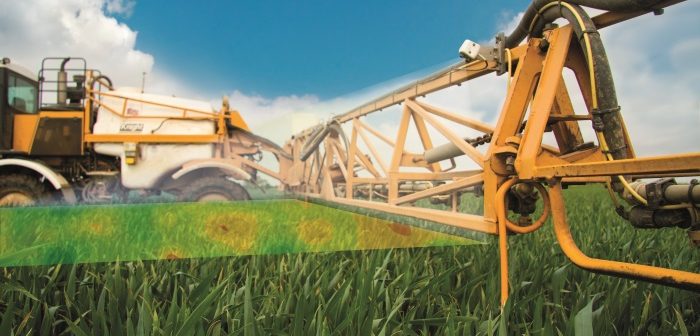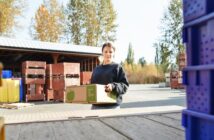Precision farming is being practised on many farms; we know that being able to measure exactly what is happening in a field at a particular time, combined with agronomist support, can help to more accurate and appropriate input decisions.
One particular methodology that has been practised for some time is measuring the green area index of a field which allows growers to take real time measurements of the canopy during the crop’s life.
Known as remote sensing, this measurement relies on the reflection of light from the leaf surface and specialist machinery has been developed around this concept that measures crop reflectance at different levels.
However to date this capability for real-time remote sensing has often been inaccurate due to unreliable satellite imaging, and the high cost of the specialist sensor equipment.
“Real time measurements are notoriously inaccurate as there are so many factors that can affect the readings, crop layers, growth stage, the angle of the sun for example all have an effect, so you could be paying an awful lot of money for technology that is not really working,“ says Matt Ward, services manager for Farmacy.
Plant Vision
Believing that there was a more cost-effective and accurate way to gather green area index data that allowed for a more integrated crop management approach, was the driver behind the development of Hutchinsons green area index sensor, Omnia Plant Vision.
Omnia Plant Vision is based on NDVI reflectance sensors that are designed for static use. By attaching four sensors to the spray boom which sit 5m apart, the data collected by Plant Vision is incredibly accurate as it collects measurements each time the sprayer passes through the field during the season- there is no need for expensive machinery or extra passes through the field- and it can be controlled from inside the cab.
“Data collected through Plant Vision correlates strongly to the Leaf Area Index and Green Area Index and is directly comparable with other NDVI data, explains Mr Ward. “This data can then be run to create shapes that represent differences in green area index across a field, from which bio mass maps can be developed and used in the Omnia Precision Agronomy system.”
“If data has already been collected through another system that can also be inputted, and used within Omnia.”
“However, the true value of Plant Vision is the ability to use the biomass information in conjunction with other field characteristics to explain or verify yield potential through Omnia.”
Using the data in this way can help to answer the question of whether or not to increase inputs on a poor or high performing area of a field. “It’s not about aiming for an even crop, it’s about manging the agronomy of particular areas of the field that require a more prescriptive approach to push for optimum yield potential.”
“For example, at the beginning of the season, regular biomass measurements will allow the user to look at how the crop has tillered and where this is poor it may need additional early nitrogen. Later in the season the better performing areas of the crop may need pushing and this justifies more nitrogen.”
Plant Vision will be launched at this year’s Cereals event, to find out more visit the Hutchinsons stand No 926 at Cereals.




